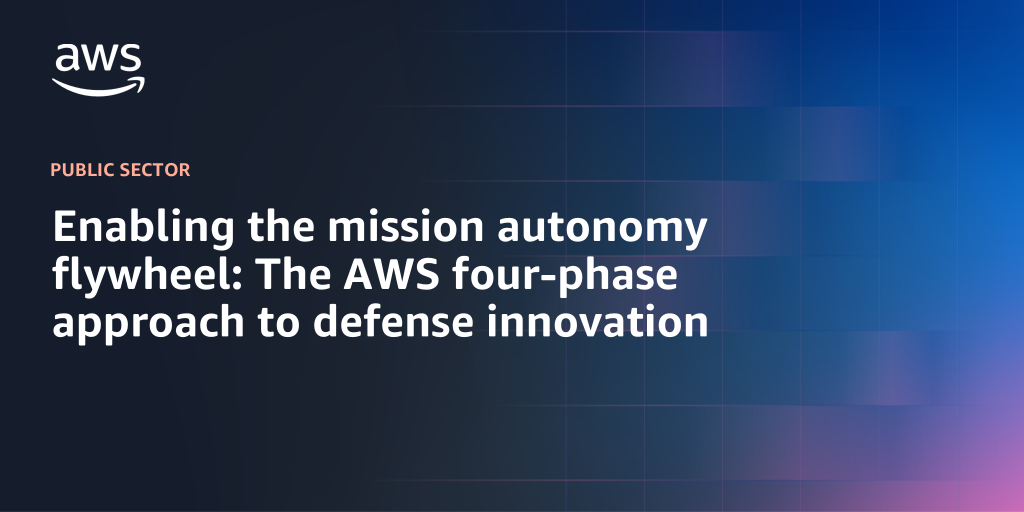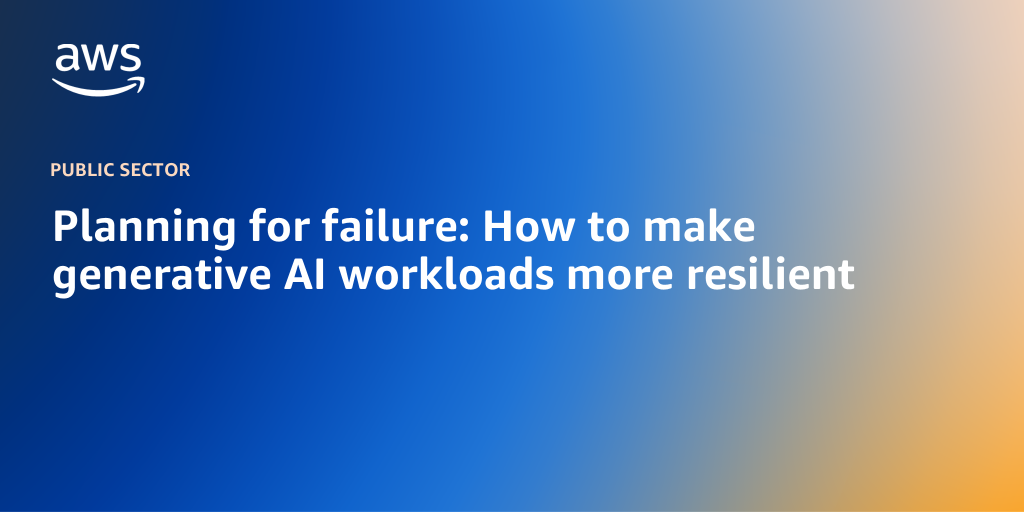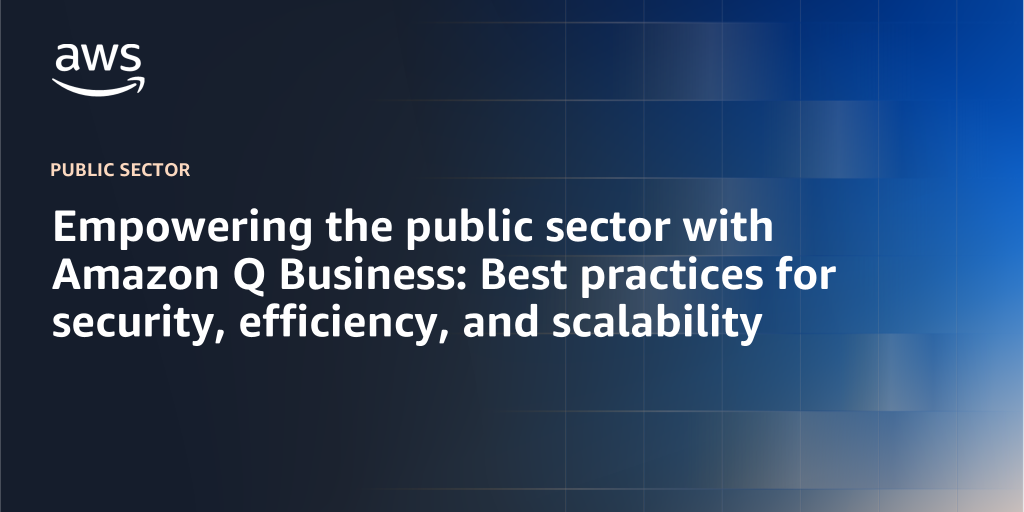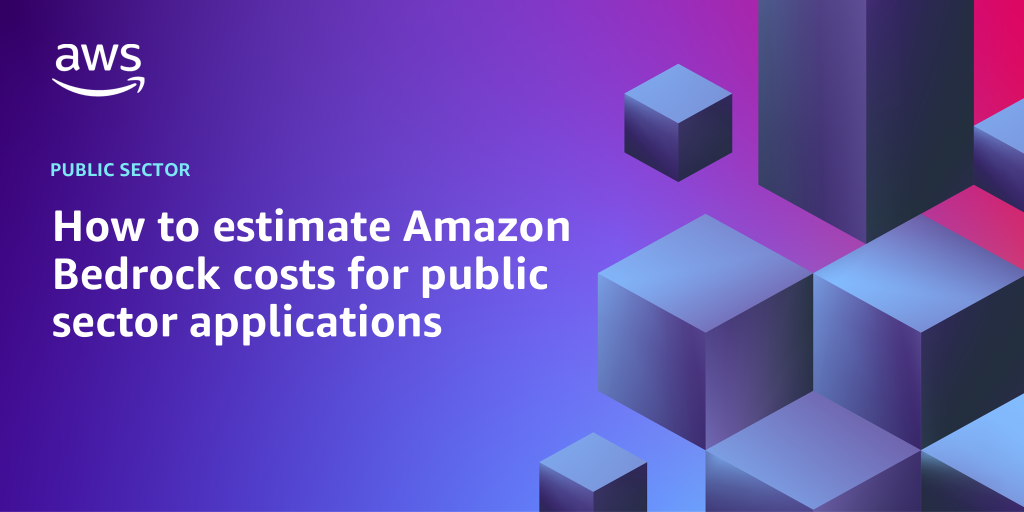AWS Public Sector Blog
Tag: best practices
Proactive strategies for cyber resilience and business continuity on AWS
AWS recommends that organizations prepare to recover workloads in case of cybersecurity incidents or business continuity events such as technical or natural disasters. In this post, we offer guidance and strategies for public sector organizations to use AWS infrastructure to operate resilient systems in the cloud.
Building an AI-powered scientific meeting transcription platform with AWS
In this post, we explore how to build a sophisticated meeting transcription and analysis platform using AWS services, designed specifically for the scientific community. Our solution combines the power of AWS Transcribe, Amazon Bedrock, and other Amazon Web Services (AWS) services to create an intelligent tool that transforms how researchers document and analyze their discussions.
Building resilient healthcare systems through cloud computing
A newly released guide by AWS titled “Resilient Healthcare through Cloud: A Strategy and Policy Guide” provides a comprehensive framework for enhancing healthcare resilience through cloud computing while meeting regulatory requirements and improving patient outcomes. Read this post to learn more.
Enabling the mission autonomy flywheel: The AWS four-phase approach to defense innovation
In this post, you will learn how AWS technologies support the entire autonomous system lifecycle from AI-powered design and virtual prototyping in pre-deployment, to edge computing through services like AWS IoT Core and AWS IoT Greengrass and related solution guidance like Tactical Edge Application Deployment on AWS and Cloud Edge Global Access (CEGA) during deployment, through real-time mission operations, and finally to post-mission evolution using secure over-the-air updates and predictive maintenance.
Planning for failure: How to make generative AI workloads more resilient
As more and more public sector organizations deploy generative AI workloads, we are increasingly asked what can be done to make sure that these workloads are resilient to failures. In this post, we discuss the key factors that mission-based organizations should consider so that their generative AI workloads are resilient to failures.
Empowering the public sector with Amazon Q Business: Best practices for security, efficiency, and scalability
By using generative AI, government agencies can analyze large amounts of data to identify patterns and insights, streamline manual processes, and deliver faster, personalized, more accessible services to citizens while maintaining the highest standards of accuracy and compliance. Read this post to learn more.
Empowering AWS Partners to expand their platforms globally
International growth represents a huge potential for AWS Partners. This post covers technical considerations for partners expanding their services to new geographical regions and explains how AWS can assist.
How to estimate Amazon Bedrock costs for public sector applications
As state and federal organizations increasingly explore generative AI implementations using Amazon Bedrock, they face a critical challenge: accurately estimating the costs associated with these workloads. In this post, we cover details about estimating costs on Amazon Bedrock.
Enhancing public safety operations with Amazon Bedrock
In this post, we discuss a noise complaint solution that uses an Amazon Bedrock Agent to serve as an intelligent interface between citizens and the computer-aided dispatch (CAD) system.
5 steps for building a VMware transition strategy for public sector customers
Broadcom’s acquisition of VMware in 2023 has changed the virtualization game plan for VMware customers. With the clock ticking on expiring VMware licenses, many public sector organizations are seeking alternatives—like migrating workloads to a cloud service provider such as AWS. In this post, we discuss five steps to help your organization navigate this shift successfully and set your team up for success.









